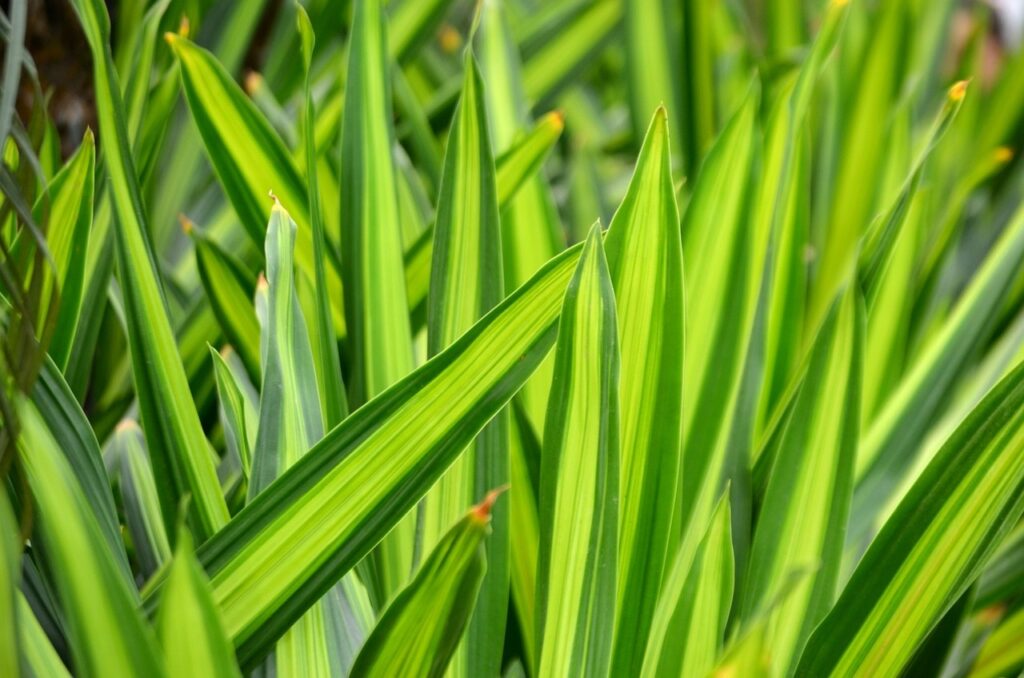Snake Plant: A Hardy and Stylish Addition to Your Garden
Snake Plant, known for its tall, sword-like leaves and resilience, is a popular choice for both indoor and outdoor gardens. Here’s a comprehensive guide on growing and caring for Snake Plant.

Types of Snake Plant
Snake Plants come in various types, each with unique characteristics. Here are some common types:
| Type of Snake Plant | Characteristics |
|---|---|
| Sansevieria trifasciata | Also known as Mother-in-Law’s Tongue, features tall, upright leaves with green and yellow variegation. |
| Sansevieria cylindrica | Cylindrical leaves that can be braided or left to grow naturally, very architectural. |
| Sansevieria hahnii | Also known as Bird’s Nest Snake Plant, has a compact rosette form, ideal for tabletops and small spaces. |
Growing Season
Snake Plants have a flexible growing season and can thrive year-round with minimal care. Here’s a general seasonal guide:
| Season | Activity |
|---|---|
| Spring | Plant new Snake Plants, fertilize, start regular watering. |
| Summer | Continue watering, ensure they receive enough indirect light. |
| Fall | Reduce watering, prepare for dormancy, can still propagate. |
| Winter | Minimal maintenance, protect from extreme cold, water sparingly. |
Sunlight and Water Needs
Snake Plants thrive in low to bright indirect light and require minimal water. They prefer:
- Sunlight: Tolerant of low light but thrive in bright, indirect sunlight.
- Watering: Water sparingly, allowing the soil to dry out completely between waterings.
Soil Preferences
Snake Plants prefer well-drained soil to prevent root rot.
| Soil Type | pH Level | Characteristics |
|---|---|---|
| Sandy Soil | 5.5-7.5 | Drains quickly, prevents waterlogging. |
| Cactus Mix | 5.5-7.5 | Specially formulated for succulents and snake plants, contains sand and perlite. |
Fertilization and Nutrients
Snake Plants require minimal feeding.
| Season | Fertilization Type |
|---|---|
| Spring | Diluted balanced fertilizer (half-strength). |
| Summer | Fertilize sparingly if growth appears slow. |
| Fall | No fertilization needed, prepare for winter. |
Pruning and Maintenance
Minimal maintenance is needed for Snake Plants. Remove dead or damaged leaves to keep the plant looking its best.
Additional Tips for Growing Snake Plants
- Container Choice: Use pots with drainage holes to prevent waterlogging.
- Propagation: Snake Plants are easy to propagate from leaf cuttings or division.
- Pest Control: Generally pest-resistant but can occasionally suffer from spider mites. Use insecticidal soap or neem oil as necessary.
Conclusion
Snake Plants are a hardy and stylish addition to any garden, offering architectural beauty with minimal care. By selecting the right type of Snake Plant and providing proper sunlight, water, and soil conditions, you can enjoy these resilient plants for years to come.